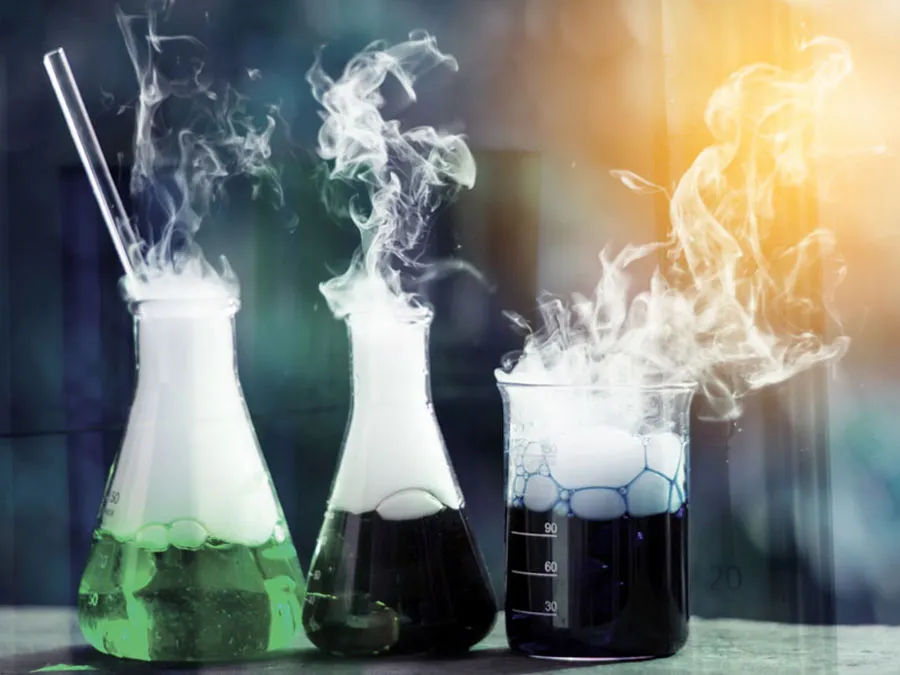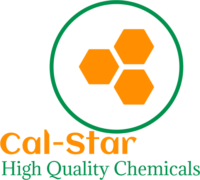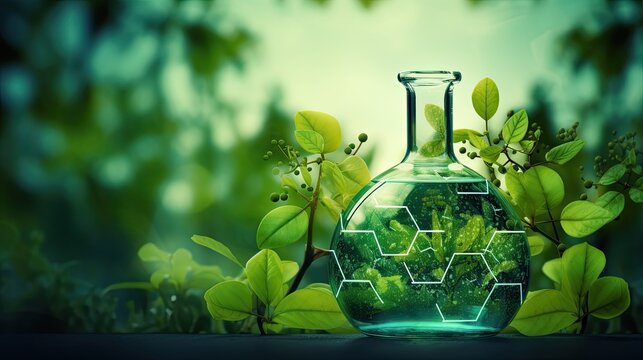Analytical chemistry is a branch of chemistry focused on the techniques and methods used to determine the composition of substances. From identifying chemical compounds to quantifying their concentrations, analytical chemistry plays a crucial role in research, industry, and environmental monitoring. This guide provides an overview of essential analytical techniques and methods used in the field.
1. Spectroscopy
1. Definition: Spectroscopy is the study of how light interacts with matter to identify and quantify chemical compounds. It involves measuring the absorption, emission, or scattering of electromagnetic radiation.
2. Key Types:
- UV-Vis Spectroscopy: Measures the absorption of ultraviolet and visible light by substances. Commonly used for identifying organic compounds and assessing concentration.
- Infrared (IR) Spectroscopy: Measures the absorption of infrared light, revealing information about molecular vibrations and functional groups. Useful for identifying organic molecules.
- Nuclear Magnetic Resonance (NMR) Spectroscopy: Utilizes magnetic fields and radiofrequency radiation to determine the structure of organic compounds and proteins.

Analytical Chemistry Techniques and Methods
3. Applications:
- Pharmaceuticals: Analyzing drug formulations and purity.
- Environmental Analysis: Detecting pollutants and contaminants.
2. Chromatography
1. Definition: Chromatography is a technique used to separate mixtures into their individual components based on their different affinities for a stationary phase and a mobile phase.
2. Key Types:
- Gas Chromatography (GC): Separates volatile compounds using a gas as the mobile phase and a solid or liquid stationary phase. Ideal for analyzing gases and liquids.
- Liquid Chromatography (LC): Uses a liquid mobile phase to separate components in a liquid sample. Includes High-Performance Liquid Chromatography (HPLC) for high-resolution separations.
- Thin-Layer Chromatography (TLC): Uses a thin layer of adsorbent material to separate components of a mixture. Commonly used for qualitative analysis.
3. Applications:
- Forensic Analysis: Identifying substances in crime scene investigations.
- Food and Beverage: Testing for contaminants and quality control.
3. Mass Spectrometry
1. Definition: Mass spectrometry measures the mass-to-charge ratio of ions to identify and quantify compounds in a sample. It provides detailed information about the molecular weight and structure of compounds.
2. Key Types:
- Matrix-Assisted Laser Desorption/Ionization (MALDI): Used for analyzing large biomolecules such as proteins and polymers.
- Electrospray Ionization (ESI): Suitable for analyzing a wide range of compounds, including peptides and small molecules.
3. Applications:
- Proteomics: Identifying and characterizing proteins and their modifications.
- Metabolomics: Profiling metabolic compounds in biological samples.
4. Titration Methods
1. Definition: Titration is a quantitative analytical method used to determine the concentration of a substance by adding a reagent of known concentration until a reaction is complete.
2. Key Types:
- Acid-Base Titration: Determines the concentration of an acid or base by adding a titrant until the endpoint is reached. Indicators or pH meters are used to detect the endpoint.
- Redox Titration: Involves oxidation-reduction reactions to determine the concentration of oxidizing or reducing agents.
- Complexometric Titration: Measures the concentration of metal ions by forming complexes with a chelating agent.
3. Applications:
- Pharmaceutical Analysis: Quantifying active ingredients in drug formulations.
- Environmental Testing: Measuring pollutants and contaminants in water and soil.
5. Electrochemical Analysis
1. Definition: Electrochemical analysis involves measuring the electrical properties of a system to determine the concentration and behavior of chemical species.
2. Key Types:
- Voltammetry: Measures current as a function of applied voltage to analyze redox reactions and concentration of analytes.
- Potentiometry: Measures the voltage of an electrochemical cell to determine the concentration of ions in a solution.
3. Applications:
- Clinical Diagnostics: Analyzing blood and urine samples for biomarkers.
- Industrial Monitoring: Controlling and monitoring electrochemical processes.
6. Qualitative vs. Quantitative Analysis
1. Qualitative Analysis:
- Definition: Identifies the components of a mixture and their chemical nature.
- Techniques: Includes methods like TLC, IR spectroscopy, and simple color tests.
2. Quantitative Analysis:
- Definition: Measures the amount or concentration of specific components in a sample.
- Techniques: Includes methods like HPLC, titration, and gravimetric analysis.
7. Emerging Trends and Innovations
1. Miniaturization and Portable Devices:
- Focus: Development of small, portable analytical instruments for field analysis and on-site testing.
- Examples: Portable spectrometers and hand-held chromatographs.
2. Automation and High-Throughput Analysis:
- Focus: Automating analytical processes to increase efficiency and throughput in laboratories.
- Examples: Robotic systems for sample preparation and analysis.
3. Integration of Analytical Techniques:
- Focus: Combining multiple analytical methods to gain comprehensive insights into complex samples.
- Examples: Hyphenated techniques like GC-MS and LC-MS.
Conclusion
Analytical chemistry encompasses a wide range of techniques and methods used to analyze and understand the composition of substances. From spectroscopy and chromatography to mass spectrometry and titration, each method provides valuable information about chemical compounds and their interactions. Understanding these techniques is essential for applications in research, industry, and environmental monitoring, and ongoing advancements continue to enhance the capabilities of analytical chemistry.




